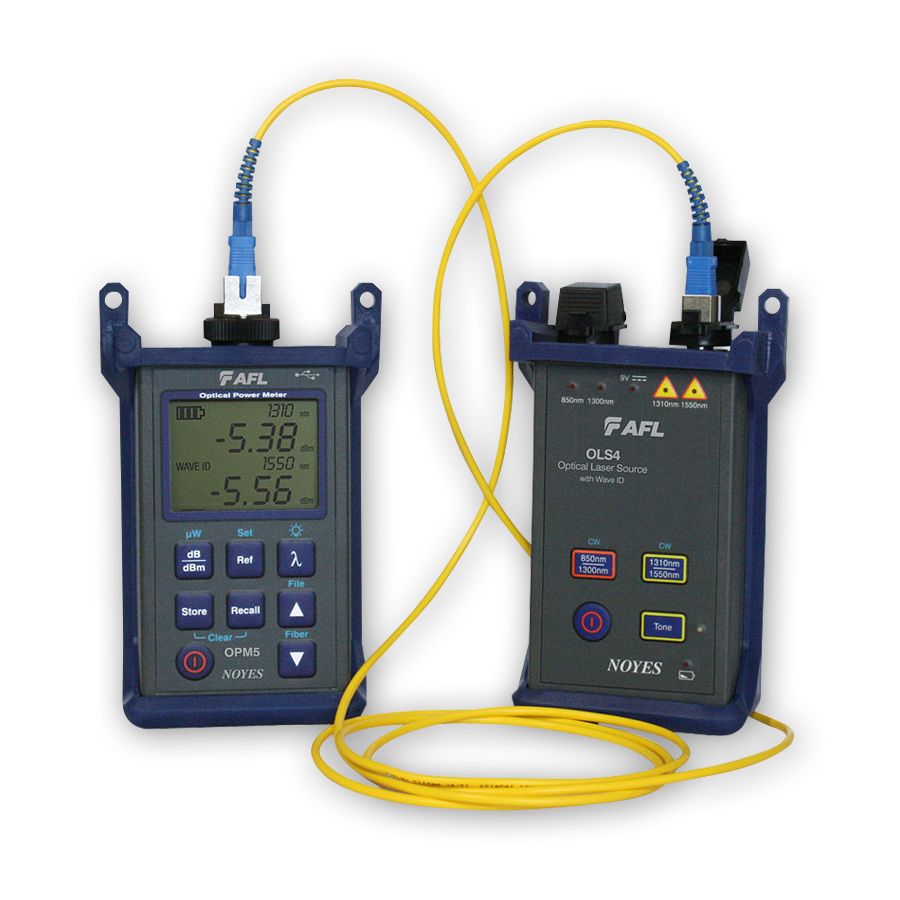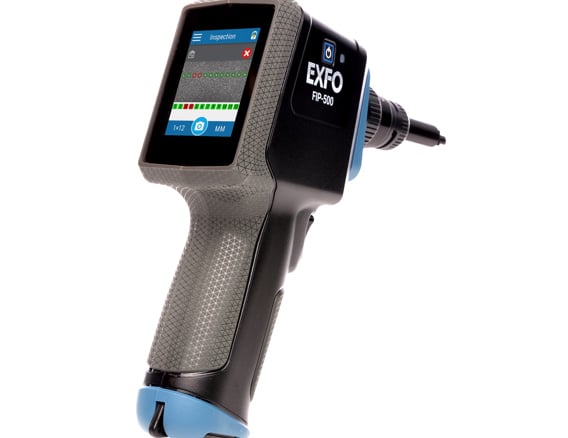Essential challenges optical measurement system can solve in engineering
Comprehending Just How an Optical Measurement System Improves Accuracy in Industrial Applications
Optical measurement systems play an important function in boosting precision across different industrial applications. By leveraging sophisticated technologies such as laser interferometry and 3D imaging sensing units, these systems use high-resolution, non-contact measurements. This ability minimizes the risk of damaging delicate parts while guaranteeing accuracy. The effect of these systems extends beyond mere dimensions. Discovering their advantages, applications, and future patterns exposes a complicated landscape of development and difficulties that qualities closer evaluation.
The Fundamentals of Optical Measurement Systems
Optical measurement systems offer as essential devices in different industrial applications, providing exact data collection and evaluation. These systems make use of light as a key means of measurement, leveraging optical concepts to evaluate dimensions, settings, and surface area characteristics of things. They integrate parts such as lasers, cams, and sensing units, which interact to catch high-resolution pictures and data.
The innovation makes it possible for non-contact measurements, reducing the risk of damaging sensitive elements. Optical measurement systems are functional, discovering utility in quality control, assembly confirmation, and dimensional evaluation throughout different sectors. They are especially reliable in settings where traditional measurement techniques may fail, such as determining complicated geometries or observing rapid motions.
As industries remain to develop, the combination of optical measurement systems will continue to be important for making certain precision and efficiency, ultimately boosting item quality and operational performance in different manufacturing procedures.
Key Technologies Behind Optical Measurement
Key technologies such as laser interferometry strategies and 3D imaging sensors play a vital role in the efficiency of optical measurement systems (robotic vision). These modern technologies allow precise dimensions and thorough evaluation in different industrial applications. Understanding their functionalities is necessary for taking advantage of the full potential of optical measurement systems
Laser Interferometry Techniques
Numerous laser interferometry methods have actually reinvented the area of optical measurement, offering extraordinary precision and accuracy in various commercial applications. These strategies use the disturbance of systematic light waves to gauge range, displacement, and surface abnormalities with nanometer-level accuracy. Common methods include Michelson interferometry, which splits a beam of light and analyzes stage shifts, and Fabry-Pérot interferometry, known for its high resolution in gauging little modifications. In addition, laser Doppler interferometry employs frequency changes to evaluate velocity, making it vital in dynamic measurements. The flexibility of these methods permits their integration right into diverse production procedures, enhancing quality assurance and making certain adherence to stringent resistances. Consequently, laser interferometry remains to play an essential role beforehand commercial measurement standards.
3D Imaging Sensors
Improvements in measurement innovation have actually resulted in the development of 3D imaging sensors, which play a considerable role in optical measurement systems. These sensors record three-dimensional data with various strategies such as triangulation, time-of-flight, and organized light. By accurately rebuilding the shape and measurements of things, 3D imaging sensors boost the accuracy of dimensions in industrial applications. They offer real-time responses, assisting in high quality control and guaranteeing that components fulfill stringent specs. Furthermore, their capacity to operate in difficult environments, such as varying lighting problems, makes them invaluable in making processes. As industries significantly adopt automation, the assimilation of 3D imaging sensing units into optical measurement systems is expected to drive more renovations in effectiveness and accuracy.
Benefits of Optical Measurement in Sector
Typical measurement techniques have long been the requirement in commercial setups, optical measurement systems supply significant benefits that boost precision and effectiveness. These systems use light to catch information, causing high-resolution dimensions that are commonly unattainable with conventional techniques. The non-contact nature of optical measurements decreases the risk of damaging sensitive components during the evaluation procedure. In addition, the rate of optical dimensions permits fast data acquisition, assisting in prompt decision-making in hectic industrial settings.
Optical systems are adaptable, with the ability of gauging different products and shapes without the need for considerable recalibration. This convenience adds to boosted operations and productivity. Furthermore, the automation potential of optical measurement systems minimizes human error, making certain regular quality assurance. In general, the integration of optical measurement technology stands for a modern shift towards boosted accuracy and reliability in commercial operations, inevitably bring about improved item high quality and operational effectiveness.
Applications of Optical Measurement Systems

Optical measurement systems play a critical duty in improving production process optimization by supplying accurate information for decision-making. These systems assure high quality control guarantee with real-time tracking and analysis of manufacturing metrics. As industries progressively take on these technologies, their influence on effectiveness and product integrity becomes obvious.
Manufacturing Process Optimization
Enhancing manufacturing procedure efficiency is progressively dependent on the integration of optical measurement systems. These systems offer real-time information on various specifications, permitting manufacturers to examine procedures with a high degree of accuracy. By enabling exact dimensions of measurements, surface attributes, and material buildings, optical measurement systems promote the identification of inefficiencies and bottlenecks in assembly line. The instant comments from these systems equips designers to make enlightened decisions, resulting in enhanced machining, assembly, and completing procedures. The capacity to check conditions constantly allows for adaptive adjustments, lessening downtime and waste. As industries go for higher efficiency and minimized functional prices, optical measurement systems arise as essential devices for improving manufacturing process optimization.

Quality Assurance Guarantee
The combination of optical measurement systems greatly influences quality assurance assurance in commercial setups. These systems offer accurate and non-destructive dimensions, making it possible for suppliers to identify defects and inconsistencies early in the production procedure. By using advanced imaging strategies, such as laser triangulation and interferometry, optical measurement systems guarantee that elements fulfill strict specs. This facilitates real-time tracking, lowering waste and decreasing the threat of faulty products her latest blog reaching the market. Furthermore, the data collected can be examined to improve production processes even more, leading to continuous enhancement. Inevitably, the fostering of optical measurement systems enhances reliability and consistency in top quality control, promoting higher self-confidence amongst stakeholders and customers alike in the end products supplied.
Case Studies: Successful Implementations
Various industries have successfully incorporated optical measurement systems to boost their operational performance and product quality. In the auto field, a noticeable manufacturer adopted a laser triangulation system to monitor the alignment of vehicle components. This implementation considerably minimized assembly errors, leading to improved safety and security and minimized costs.
In the aerospace sector, a leading airplane producer utilized optical width for accuracy measurements of turbine blades, accomplishing a reduction in manufacturing tolerances and better efficiency standards.
Similarly, a customer electronics firm executed optical measurement modern technology during the production of smart device displays, resulting in enhanced top quality control and a reduction in defective items.
These study show just how optical measurement systems not only enhance precision yet additionally add to overall functional performance, demonstrating their worth across different industries. By addressing certain needs, these systems have confirmed to be indispensable devices in contemporary industrial applications.
Challenges and Limitations of Optical Measurement
While optical measurement systems provide substantial advantages in different commercial applications, they are not without their challenges and limitations. One significant concern is sensitivity to ecological problems, such as temperature changes, humidity, and dirt, which can adversely impact measurement precision. Additionally, optical systems usually require accurate positioning and calibration, making them at risk to human error throughout setup and procedure. Another restriction is the potential for disturbance from ambient light, which can misshape dimensions and necessitate complex filtering strategies. Furthermore, specific materials and surface areas might offer troubles, as reflective or clear features can bring about irregular readings. The price of premium optical components and systems click for source can likewise be an obstacle for some markets, limiting extensive fostering. Ultimately, specialized training is often needed for employees to properly run and maintain these systems, adding to the total intricacy and functional difficulties.
Future Fads in Optical Measurement Innovation
As developments in modern technology proceed to form industrial procedures, the future of optical measurement systems is poised for significant evolution. browse around these guys Emerging fads suggest a shift in the direction of improved integration of artificial intelligence and machine knowing, enabling systems to assess data in real-time, identify patterns, and enhance decision-making processes. Furthermore, the advancement of miniaturized sensors and progressed optics is expected to bring about more compact and flexible measurement solutions, making them obtainable for a broader series of applications.
Additionally, the incorporation of 3D imaging and high-resolution abilities will certainly permit unmatched precision in measurements, which is vital for sectors such as aerospace and automobile. The promote automation and Market 4.0 will certainly additionally drive the demand for optical measurement systems that can quickly user interface with various other modern technologies. As these trends unravel, optical measurement systems will likely become essential to accomplishing higher performance and accuracy throughout numerous industrial industries.

Regularly Asked Inquiries
Exactly How Do Optical Measurement Systems Compare to Traditional Measurement Methods?
Optical measurement systems offer better accuracy and speed contrasted to standard methods - fibre testing equipment. They decrease human mistake, enhance information collection effectiveness, and give real-time results, making them increasingly favored in different commercial applications for precise dimensions
What Industries Benefit one of the most From Optical Measurement Systems?
Optical measurement systems considerably benefit markets such as aerospace, automotive, and electronic devices. Their ability to offer high-precision dimensions boosts quality assurance, lowers production mistakes, and improves total efficiency, making them necessary in affordable manufacturing atmospheres.
Can Optical Measurement Systems Be Customized for Certain Applications?
Optical measurement systems can indeed be personalized for details applications. By adjusting parameters such as wavelength, resolution, and calibration methods, sectors can customize these systems to fulfill one-of-a-kind precision and accuracy needs efficiently.
What Is the Maintenance Demand for Optical Measurement Systems?
The maintenance needs for optical measurement systems usually consist of regular calibration, cleaning of optical elements, and software program updates. Following these methods assurances accuracy, dependability, and long life of the measurement tools in various applications.
Exactly How Do Ecological Variables Influence Optical Measurement Accuracy?
Ecological elements, such as temperature level fluctuations, humidity, and dust, greatly impact optical measurement precision. These elements can distort light paths and interfere with sensor readings, eventually endangering the dependability and accuracy of measurements in industrial settings.